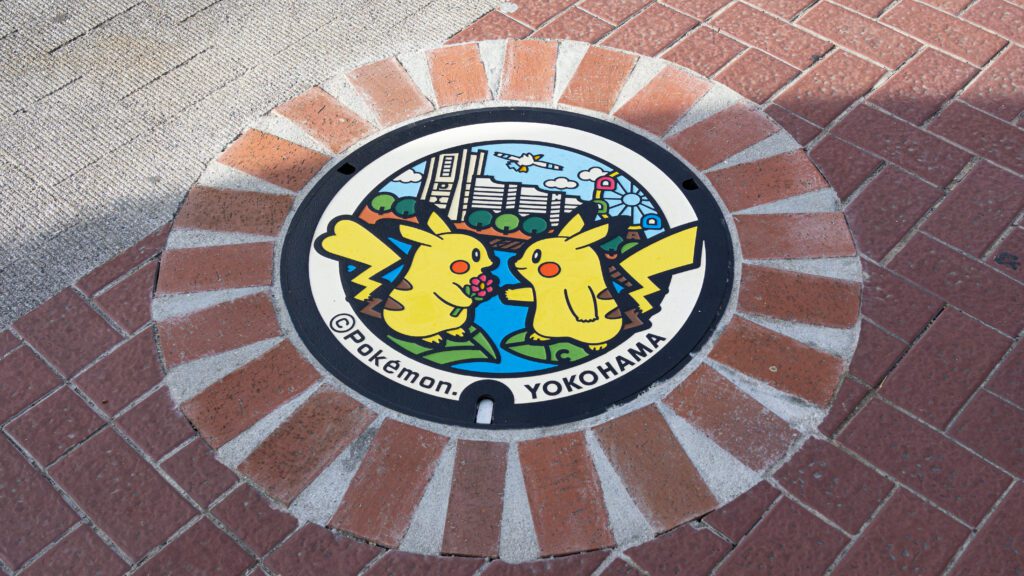In Japan, the usual advice for travellers is to look up at the neon signs, the cherry blossoms, the snow capped mountains. But those who look down may discover something just as captivating: the country’s extraordinary manhole covers.
What began in the 1950s as a modest attempt to beautify urban infrastructure has evolved into a nationwide canvas of civic pride and artistic expression. Today, over 90% of Japan’s municipalities boast their own distinctive designs, turning sidewalks into open-air galleries.
These covers are more than decorative. They reflect local identity — from cherry blossoms in Tokyo to koi carp in Hiroshima, sumo wrestlers in Ryogoku to castles in Osaka. Some feature beloved anime characters like Sailor Moon and Pokémon, while others commemorate festivals, mascots, or historical landmarks. The designs are often hand-painted with resin, making them both durable and vibrant. For business travellers, especially those in hospitality or urban development, they offer a unique lens into how Japan blends functionality with storytelling.
One of the most endearing examples is Kabosu, the Shiba Inu who inspired the global Doge meme and the Dogecoin cryptocurrency. In her hometown of Sakura, Chiba Prefecture, Kabosu now has her own manhole cover — a tribute installed near a local snack shop, featuring her iconic pose alongside tulips and a windmill. It’s a symbol not just of internet fame, but of how Japan celebrates personality and place in equal measure.
The phenomenon has even sparked a subculture of “manholers” — enthusiasts who travel across Japan to photograph and catalogue these covers. To support the craze, the Japan Sewage Works Association issues manhole cover collector cards, each featuring a design, its GPS coordinates, and a backstory. With over 600 cards in circulation, they’ve become prized souvenirs and a clever way to promote lesser-known destinations.
For professionals navigating Japan’s cities, these covers offer more than aesthetic delight. They’re a reminder that infrastructure can be intimate, that civic design can spark joy, and that even the most utilitarian objects can carry cultural weight. In a country where attention to detail is a national virtue, the manhole cover is proof that beauty often lies beneath our feet.


